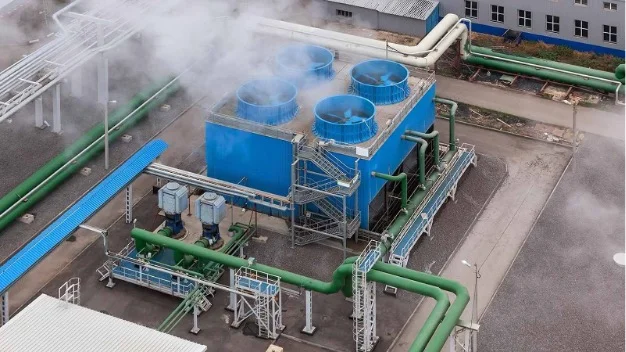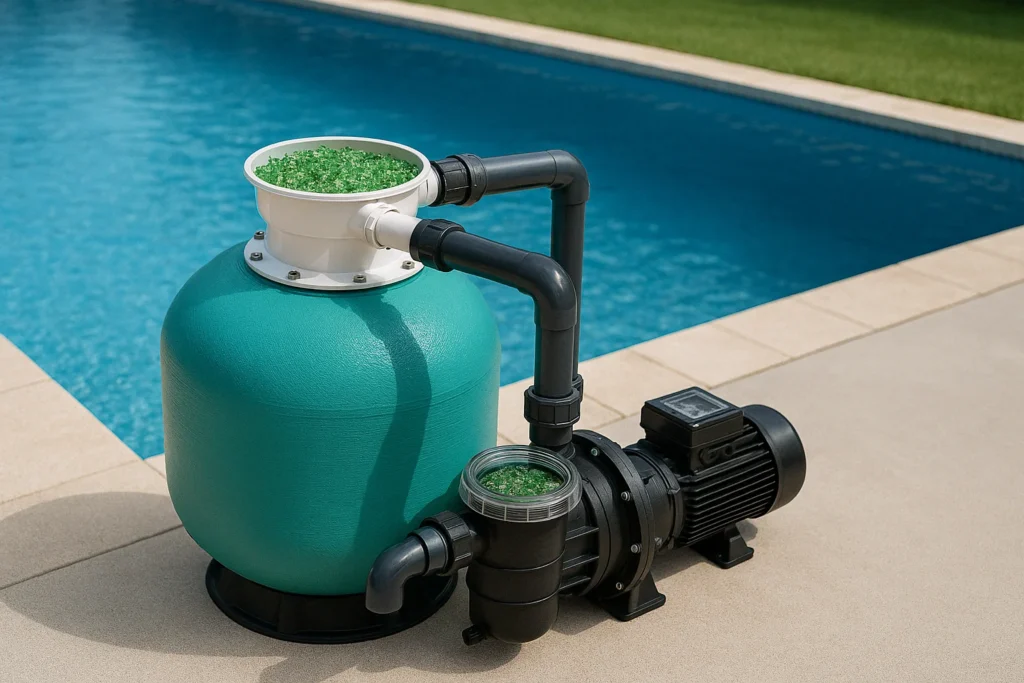
Water is an essential resource for human survival, yet its purity is constantly at risk. Water sources supplying communities for drinking purposes often contain various contaminants, including heavy metals, organic pollutants, and most alarmingly, bacteria.
While several bacterial strains can be present in water, two of the most concerning pathogens are Escherichia coli (E. coli) and Pseudomonas aeruginosa.
The Bacterial Threat: E. coli and Pseudomonas Aeruginosa
Escherichia coli (E. coli)
coli is a coliform bacterium commonly found in the intestines of humans and animals. While most strains are harmless, certain pathogenic variants, such as E. coli O157:H7, can cause severe illnesses, including diarrhea, kidney failure, and even life-threatening conditions like hemolytic uremic syndrome (HUS). The presence of E. coli in drinking water indicates fecal contamination, posing a significant public health risk.
Pseudomonas aeruginosa
This opportunistic pathogen thrives in water systems, especially those with inadequate disinfection. Pseudomonas aeruginosa can cause severe respiratory, skin, and urinary tract infections. It is particularly dangerous for immunocompromised individuals, leading to complications such as pneumonia, bloodstream infections, and chronic wounds.
The Health Implications of Contaminated Water
Contaminated water is a leading cause of waterborne diseases, many of which have severe health consequences. One alarming condition linked to bacterial contamination is Guillain-Barré Syndrome (GBS). This rare but serious neurological disorder occurs when the immune system mistakenly attacks the nervous system, often triggered by bacterial infections like Campylobacter jejuni, which can co-exist with E. coli in water sources. Infected individuals may experience muscle weakness, paralysis, and in severe cases, respiratory failure.
Other bacterial infections from contaminated water can cause dysentery, typhoid fever, gastrointestinal disorders, and severe respiratory issues. The risk is especially high in developing regions where water treatment facilities may be inadequate or ineffective.
The Urgent Need for Efficient Disinfection
Given the severe health risks associated with bacterial contamination in drinking water, effective disinfection is non-negotiable. Traditional methods such as chlorination, UV treatment, and ozonation are commonly used, but each comes with limitations.
- Chlorine, while effective, can lead to harmful by-products such as trihalomethanes (THMs).
- UV treatment, though powerful against microbes, lacks residual protection.
- Ozonation, while highly effective, is costly and complex to implement.
Chlorine Dioxide: The Ultimate Solution for Water Disinfection
Among all available disinfection technologies, chlorine dioxide (ClO₂) emerges as the most effective, safe, and economically viable solution. Here’s why:
- Broad-Spectrum Disinfection – Chlorine dioxide effectively eliminates a wide range of bacteria, viruses, and protozoa, including E. coli and Pseudomonas aeruginosa.
- No Harmful By-Products – Unlike traditional chlorine, ClO₂ does not form carcinogenic disinfection by-products (DBPs) such as THMs and haloacetic acids (HAAs).
- Residual Protection – Chlorine dioxide remains active in the water distribution system, providing continuous disinfection and preventing bacterial regrowth.
- Effective in Various Water Conditions – ClO₂ maintains its efficacy in varying pH levels and organic matter content, unlike chlorine, which loses potency in high organic loads.
- Cost-Effective and Sustainable – Compared to ozone and UV, chlorine dioxide is more affordable, easier to implement, and energy-efficient.
Bacterial contamination in water supplies poses a grave risk to public health, with serious consequences such as Guillain-Barré Syndrome, gastrointestinal diseases, and respiratory infections.
Ensuring safe drinking water requires a robust disinfection strategy that eliminates pathogens while maintaining safety and economic feasibility.
Chlorine dioxide stands out as the most effective solution, offering unparalleled disinfection capabilities without harmful by-products. Investing in chlorine dioxide-based water treatment ensures a safer, healthier future for communities worldwide, making it the gold standard in water disinfection.





